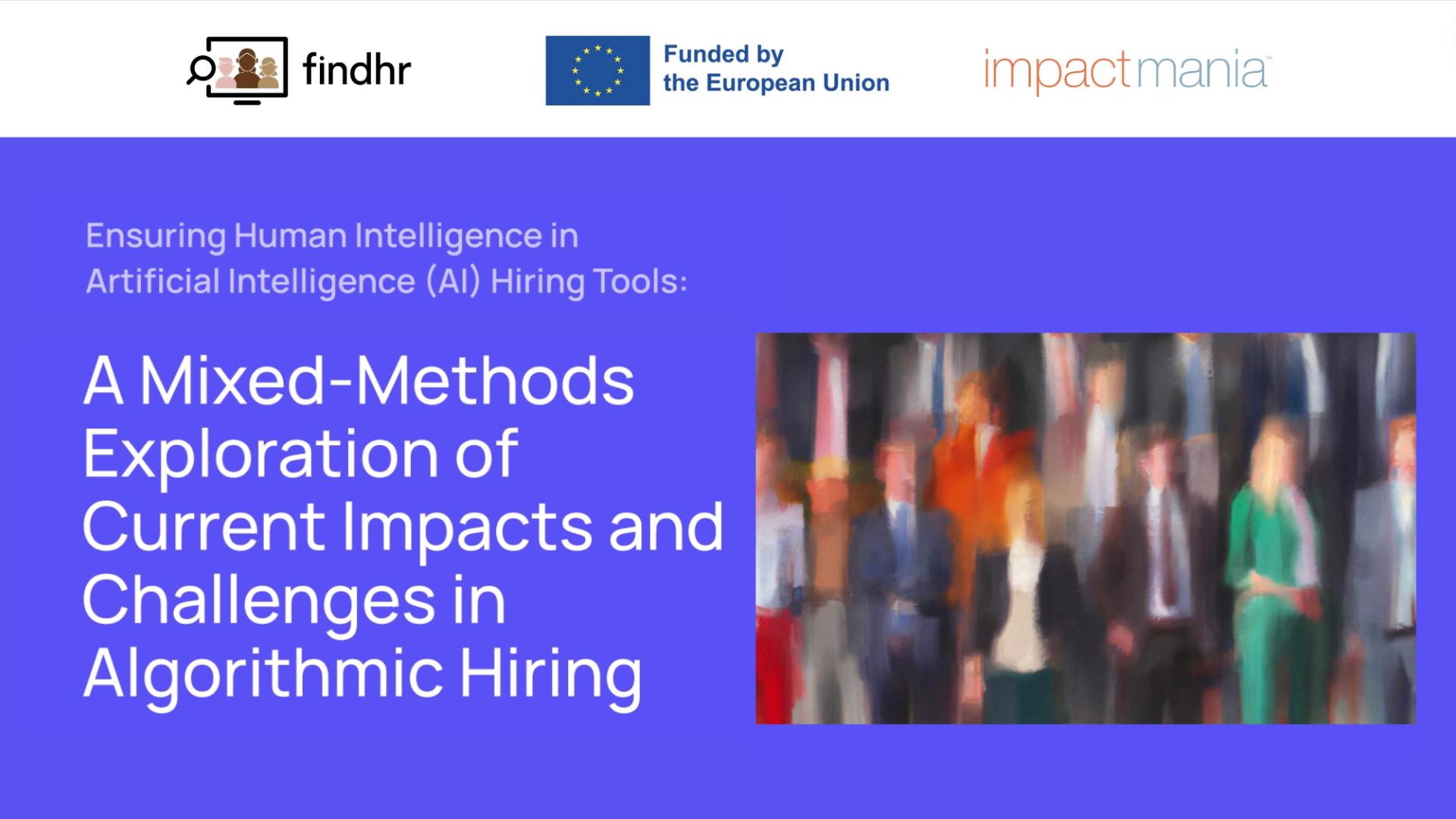As Artificial Intelligence (AI) tools increasingly shape the hiring landscape, a critical question arises: do these tools contribute to the widening labor gap between open positions and qualified, yet non-traditional, applicants?
The current EU labor market is dealing with a significant imbalance of job vacancies and skilled job seekers. Especially, females and migrants find themselves over-represented in surplus occupations involving clerical, design, and hospitality jobs. Jobs involving tech professionals, construction workers, and medical specialists are short staffed.
Moreover, widespread hiring practices including algorithmic hiring tools screen out many qualified candidates and artificially constrain the talent pool that companies consider, essentially “hiding” prospective workers. We conducted qualitative and quantitative experiments to test algorithmic hiring tools such as Applicant Tracking Systems (ATS).
The report also includes learning from the industry’s leading talent tech companies and recommendations on how to minimize bias in algorithmic systems.
Full report on FINDHR website, click here.
This 4-months project was part of the FINDHR initiative (consisting of a dozen universities and institutions across Europe) and funded by the EU Horizon grant.
Presentation to the EU-wide committee.
